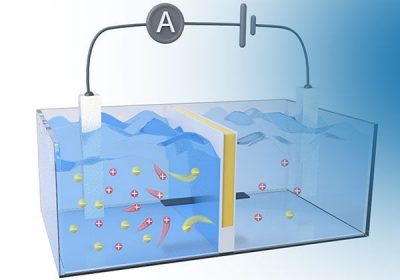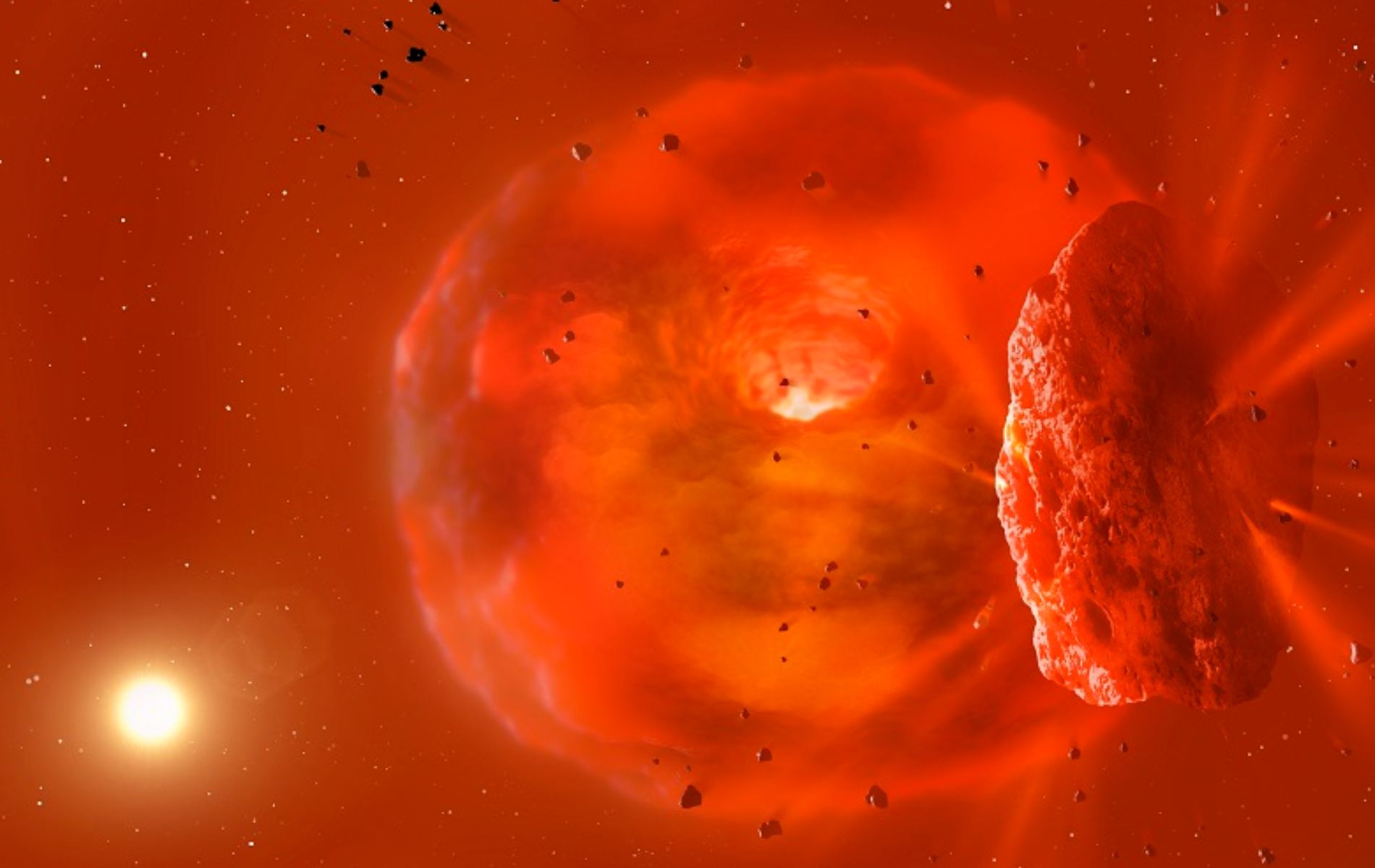Two planets colliding with each other: It may sound like an interesting premise for a Star Trek episode, but it couldn’t be further from the truth. It actually happened around the star ASASSN-21qj, astronomers conclude, thanks in part to social media.
For a moment, the star ASASSN-21qj threatened to become a headache for astronomers. A few years ago, the star’s brightness (in visible light) temporarily decreased sharply for inexplicable reasons. Very strange, because the star had not previously shown any variations in brightness. It seems that a new cosmic mystery has been born. Determined to solve this mystery, astronomer Matthew Kenworthy decided to watch the star closely. But the observations do not lead to the hoped-for breakthrough. It only happened when an astronomer pointed out to Kenworthy via social media that the same star had doubled in brightness at infrared wavelengths about three years ago. “Honestly, this was a complete surprise to me,” Kenworthy admits.
Solution!
But with this information in hand, the astronomer and his colleagues finally solved the mystery. And in the magazine nature They wrote this week that both the increase in brightness at infrared wavelengths and the subsequent decrease in brightness in visible light are the result of a collision between two icy giant planets orbiting ASASSN-21qj.
How does this work exactly?
Two large ice giants must have been orbiting ASASSN-21qj and at some point collapsed onto each other. This resulted in infrared glow (heat), making it appear as if the star’s brightness increased at infrared wavelengths. However, in addition to the infrared glow, an expanding cloud of debris was also created. Three years later, as seen from Earth, it moved in front of the star, causing the star’s brightness in visible light to decrease again.
Calculations and models
The researchers concluded that this was a collision between two large ice giants from the infrared glow mentioned on social media and observed by the US NEOWISE mission, says researcher Simon Locke. “The temperature and size of the glowing material and the duration of the glow are consistent with the collision of two ice giants. We infer this from our calculations and computer models.” Researcher Grant Kennedy added: “What is new is that we believe this is the first time we have seen the glow of a celestial body resulting from the collision of planets.” .
Animated image of a planet collision. After the collision, a hot debris cloud consisting of gas, dust and rocks forms. At its core is a hotter core: the new orb that emerged from the collision. Over hundreds of years, this core can grow by attracting material from the debris cloud. Material from the debris cloud could also collect into moons around the new celestial body. Video: Alice Hopkinson/Las Cumbres Observatory.
The researchers are happy with the observations they have made and are already looking forward to future observations. “It’s a really great opportunity to learn more about the interiors of giant planets,” said researcher Ludmila Caroni. Normally, the interior of giant planets is hidden by a thick atmosphere composed of hydrogen and helium. But this collision either ejected material from the well-hidden cores of the ice giants or ended up in the outer regions of the celestial body resulting from the collision of planets. This makes observing and studying these materials a little easier.

“Total coffee specialist. Hardcore reader. Incurable music scholar. Web guru. Freelance troublemaker. Problem solver. Travel trailblazer.”







More Stories
This “salt battery” is shipped by sea
We would probably live longer if we ate less
The poorer the neighborhood, the fewer the number of vaccinations